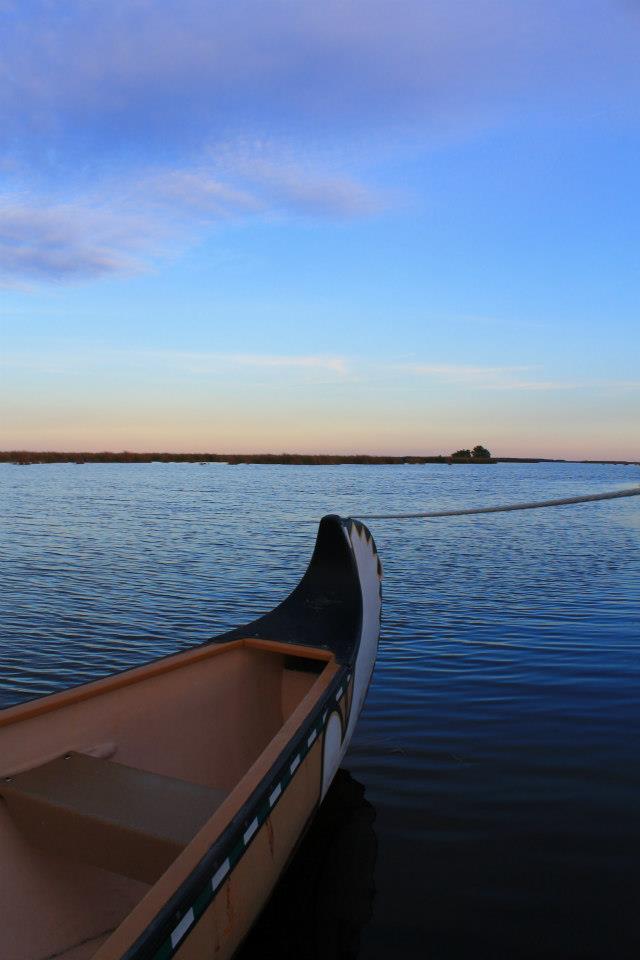My thesis is on the reactive nature of environmental protection legislation in Canada. Specifically examining how water protection only occurs after a human health tragedy.
There are only a handful of topics that most Canadians can agree on. These topics give Canada recognition around the world, as well as connect Canadians across the country. One of these topics is a love of the outdoors. Canadians dominate winter sport, relish the warm summers and take time to get out and stay outside. The environment is home to the sports, activities and wildlife that make people proud to be Canadian. After all it is the second largest country in the world and is credited for having a disproportionate amount of the world’s fresh water resources. If the Canadian public loves the environment so much why is there so little legislation protecting it?
Canadians are lucky in regards to freshwater, as there is an abundance of fresh easily accessible water – or is there? Canada is frequently cited as the country with the largest volume of fresh water in the world, yet it actually only has approximately 6% of the global annual supply of renewable water (Bakker, 2006). Despite this, Canadians themselves believe that they are water rich. As such, Canadians are one of the biggest water consumers per capita worldwide (Bakker, 2006).
Since Canadians use so much water in their daily lives, they care about protecting this resource. In 2004, 97% of Canadians agreed that a national water strategy is needed and that water is a basic human right (Bakker, 2006). Although this is something Canadian citizens feel passionate about, this is not reflected in Canadian legislation. Canada does not have a national drinking water strategy. At a federal level, there is a Canadian Drinking Water Quality Guideline outlining the acceptable drinking water practices, but it is non-binding and therefore not enforceable.
The 2014-15 Report on Plans and Priorities gives detail to the budget and human resources of many of the different programs operated under the Ministry of the Environment. This plan outlines the cuts to twenty positions and a reduction in budget from $91 196 857 to $88 013 012 over two years in water specific programs alone (Environment and Climate Change Canada, 2014). On a federal level, Canada as a whole does not have comprehensive protection of water and water resources. With a reduced human and financial capacity this will likely get worse as water programs at the federal level cannot continue to operate at the same ability nor can they expand.
Water protection can be achieved through provincial legislation but that means only a fraction of water in Canada gets protected. Water knows no boundaries, meaning that water has the ability to flow without discrimination. If the Northwest Territories had the best, most effective and enforced water legislation, they still would not control the condition of the water that flows into their territorial jurisdiction from Alberta, British Columbia and Saskatchewan.
If the public has demonstrated their want for increased water protection but nothing has been done, what is the motivation for creating environmental protection legislation specifically in regards to water? The answer is a human health tragedy. When a human health tragedy occurs and drinking water is the source of ill health, policy is created to prevent repetition of human health problems. The two case studies I have selected and explained in chapters three and four illustrate this very phenomenon. After human health was put in jeopardy and public drinking water was found to be contaminated, an array of environmental legislation was created to ensure the safety of drinking water and the health of the consumers.
My second chapter gives background information on the Canadian federal system and the divisions of power with regards to the environment. It also talks about the disconnect between human health and the environment, how they are valued, treated, and protected. This chapter also explains exactly who is responsible for providing safe drinking water.
Chapter three zooms in on the first case study, Walkerton Ontario. It looks at what happened in 2000 and why. As a result of the drinking water contamination, Justice O’Connor preformed an inquiry where recommendations were made to improve the condition of drinking water in Walkerton and throughout the province.
Chapter four is the second case study, focusing on North Battleford Saskatchewan. Again an inquiry was launched and Justice Laing made recommendations for the improvement of water quality in North Battleford and Saskatchewan as a whole.
Recommendations in both cases will be further explored to understand what changes have actually been made to improve drinking water quality in Walkerton, North Battleford and their respective provinces.
Finally the conclusion will look at what all of this means. It will analyse the data presented in the previous chapters and bring it all together. Answering what do these case studies demonstrate, what is the point of the research, what happens next, and what steps Canada needs to take to improve its drinking water quality.




